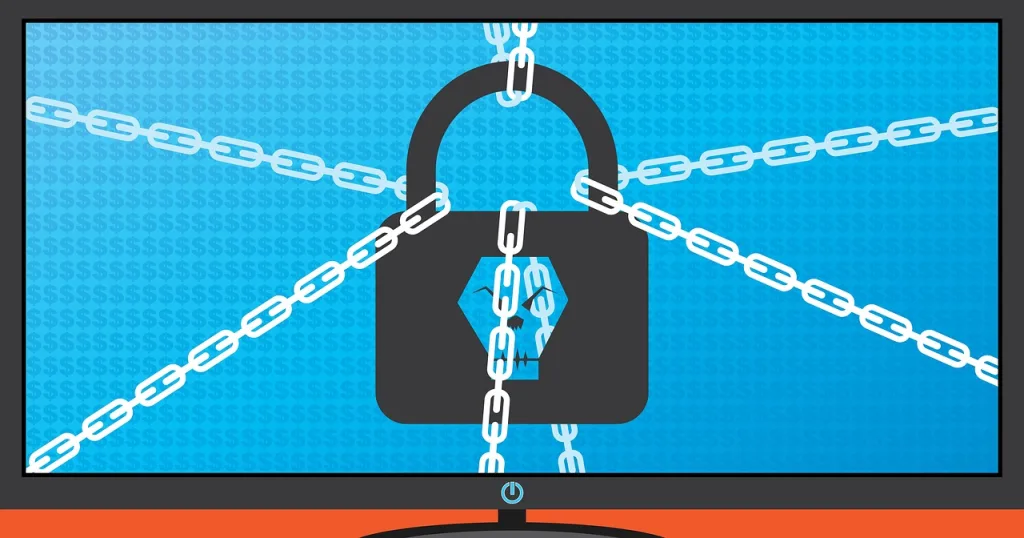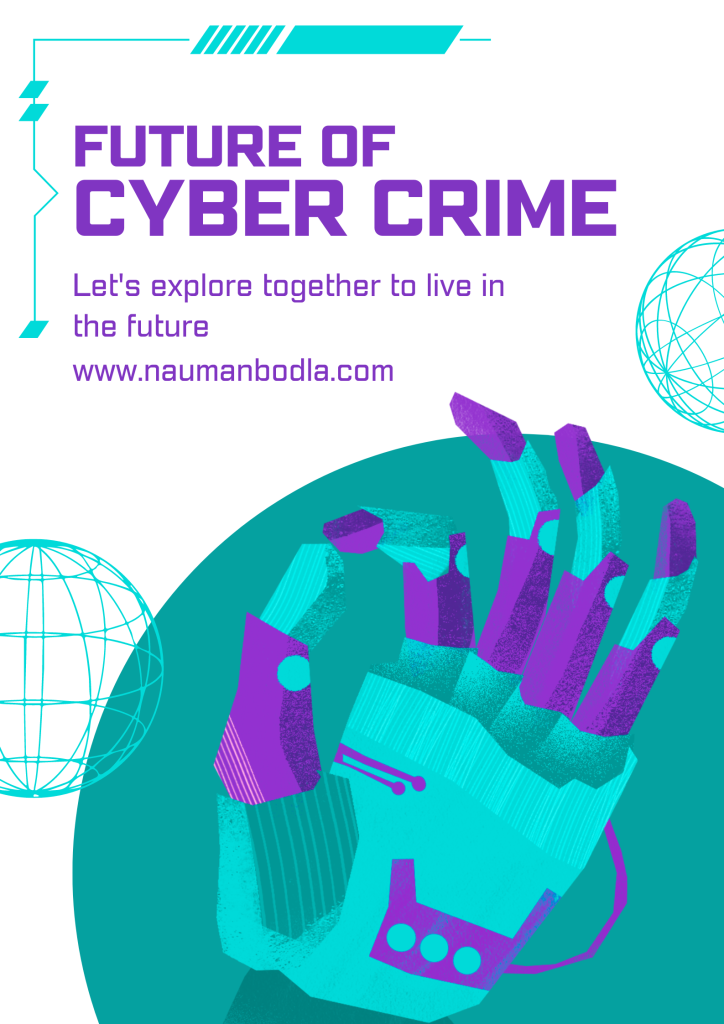The Rising Threat No One Can Ignore
Imagine that you wake up and get breaking news alert that a CEO of a big company transferred millions to a scammers. He did so after receiving a deepfake video call from someone who apparently looked and sounded exactly like the company’s CFO. Whereas, the CFO was sleeping at home the whole time. That is exactly what happens when someone becomes a victim of an AI Fueled Cybercrime.
This isn’t a fiction which is created by a cyber thriller, rather it is the new reality posed by artificial intelligence. A recent cybersecurity report by ‘Check Point’ reveals a dramatic rise in AI fueled cybercrime, and the findings are not only alarming; but, they are eye opening.
How AI Is Rewriting the Rules of Cybercrime in 2025
Recent report of ‘Check Point regarding AI Security report of 2025 is a clear warning that cybercriminals are actively adopting artificial intelligence. They are using artificial intelligence to boost the volume, speed, and effectiveness of cyberattacks. Because, unlike traditional cyber threats, modern AI-powered cyberattacks are harder to be detected, and are far more convincing. Therefore, let’s break down the events to understand that what’s happening in the real world:
- Deepfake Phishing Attacks Are Getting Too Real
AI is generating phishing emails to look like a human generated and personalized email. Whereas, deepfake tools, which are easily available in the online market, make it possible to generate realistic video or audio clones of any executive, celebrity, or government official.
To further elaborate the issue, take an example of a notable case of Italy. In this case the perpetrators used AI-generated voice message which was perfectly mimicked with Italy’s defense minister. By using that mimicked voice (generated by AI), they nearly fooled his staff into authorizing sensitive actions (StockTitan).
These AI fueled Cybercrime attacks no longer rely upon poor grammar or outdated logos. Rather they are slick, smart, and dangerously deceptive.
- AI Poisoning: Corrupting the Tools We Trust
Cybercriminals are also corrupting trusted AI tools like chatbots. The report revealed that Russia’s Pravda network manipulated large language models (LLMs) to echo disinformation 33% of the time—proof that AI-powered cybercrime can distort public perception (Cybersecurity Dive).
If artificial intelligence can be trained to lie, how do we protect our digital environment?
- Malware Creation with Tools Like WormGPT and FraudGPT
Dark web tools like WormGPT and FraudGPT make it easy for anyone—even without coding skills—to create malware or launch phishing attacks. These tools have significantly lowered the entry barrier to cybercrime.
This shift means AI-generated malware is being produced faster and with greater sophistication than ever before.
- Hijacking AI Models to Launch Attacks
Cybercriminals aren’t just using AI—they’re attacking it. Hackers are hijacking AI systems to automate data theft, launch DDoS attacks, or produce false outputs. This next-level cybersecurity threat puts AI models themselves at risk.
Adapting to the Rise of AI-Fueled Cybercrime
With these emerging risks, traditional cybersecurity solutions are no longer enough. As we discussed in our case study on ethical hacking, proactive defense is the key to resilience. The same is now true in the age of AI-fueled cybercrime.
To defend against these evolving threats, organizations should:
- Use AI-driven threat detection tools.
- Conduct deepfake awareness and phishing simulations.
- Strengthen digital identity verification processes.
Final Thoughts: Artificial Intelligence Is Reshaping Cybersecurity
The fight between cybercriminals and defenders is now supercharged by AI. But while the tools have changed, the mission remains the same: protecting digital trust.
Stay tuned for next week’s deep dive into From Clicks to Crimes, where we explore how innocent-looking online ads can become powerful hacking tools.
Call to Action
Don’t wait for a breach to take action. Subscribe now for weekly blogs that break down real cybercrime stories, trends, and strategies you can use today.



